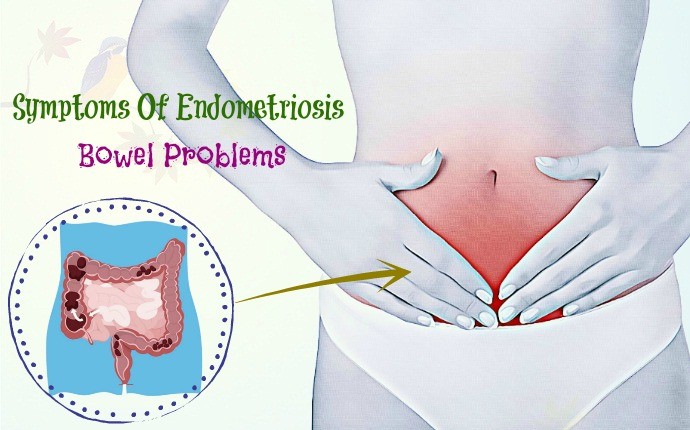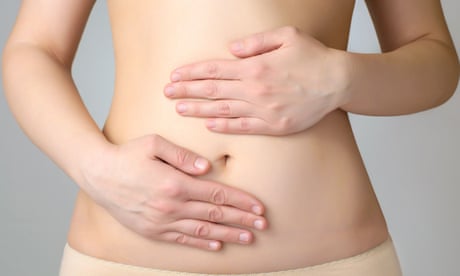Tag: endometriosis
- 0
You might be wondering exactly what endometriosis is. It's possible to just specify it as a disease that happens on your body after attaining puberty and beginning to menstruate. The endometrial tissue is located within the uterus of the entire body and it might begin growing outside the uterus in different pieces.
Endometriosis symptoms can easily be noticed after you begin to menstruate and you may scarcely detect it after reaching menopause. Your endometrial tissue is located in the lining of the uterus and it destroys a freshly fertilized egg following implantation.
Thickening, filling, and swelling will be the measures before preparation for childbirth. Otherwise, puberty happens and you may fail to observe the symptoms of endometriosis. You may check out the Endometriosis Association for the best coping technique for endometriosis disease.

Image Source: Google
You might experience bleeding, pain or problem in conceiving a baby since the adrenal tissue attempts to react to hormones being discharged by ovaries every month if the tissue is within the uterus or not. Once outside the uterus, you may experience pain because it swells and thickens, and ultimately scarring occurs. Another indication of endometriosis is distress brought on by adhesion. You need to consult a physician after you begin experiencing these distress and stomach pains.
Among the usual endometriosis symptoms that you're very likely to encounter will be Dysmenorrhea or painful periods. Typically the pain is powerful and cramping also lasts between 2-3 days. Anticipate the pain to 6 weeks until the heaviest blood circulation begins; largely affecting your lower back, lower abdomen as well as back pelvic.
The most common endometriosis symptoms are painful menstrual cramps, nasal pain, Nausea, and vomiting, etc. It's a result of the inflammation around the adrenal gland actuated by hormones like prostaglandins. Symptoms like pain when urinating, nausea, and swelling in the stomach underside, and rectal bleeding when menstruating are frequent. The list is infinite.
It's essential to speak with your health care professional after you get started experiencing rectal or abdominal pains. Painful or irregular intervals don't automatically signify that you suffer from endometriosis. So take the center and drop by your physician.
- 0
Endometriosis is one of the causes of abdominal discomfort in women and the main reason women undergo laparoscopic examination. About 10 to 20% of women in the US have signs of endometriosis. Symptoms usually appear after the woman starts menstruating.
In some cases, endometriosis occurred around age 16, while in other cases, disease occurred after age 25. When a woman reaches reproductive age, signs of endometriosis can be seen. You can navigate online to know about the most common endometriosis symptoms.

Image Source: Google
Here are some signs and symptoms in women with endometriosis when they have the disease:
- Pelvic aches and pains before and during periods that increase with time.
- Back pain
- Heavy irregularities
- Painful urination and bowel movements during menstruation
- Fatigue
Pain is a common symptom that a woman must experience in the hospital. Heavy menstruation is also a sign of endometriosis that doctors usually ask when women undergo examination. Heavy menstruation is caused by proliferation of endometrial tissue that has implanted in areas of the body other than the uterus.
Painful bowel movements occur because bowel movements affect the implant along the length of the intestine. Infertility is also a sign of endometriosis, which can lead to depression in women who have a potential to give birth because severe infiltration into the endometrial tissue makes conception and implantation difficult.
There are several medications that can help you manage the symptoms and signs of endometriosis. NSAIDs are recommended to treat the pain you face every period. Birth control pills are also prescribed if NSAIDs are not being treated.
